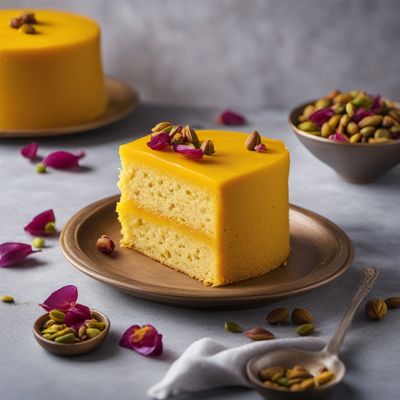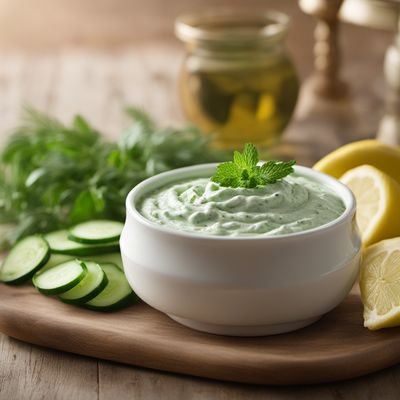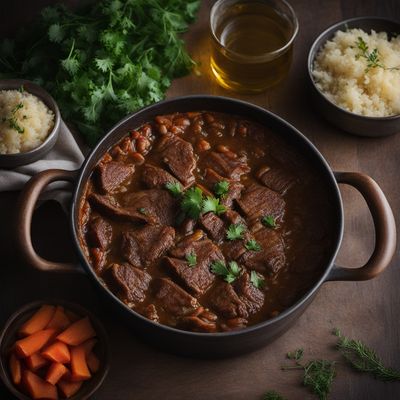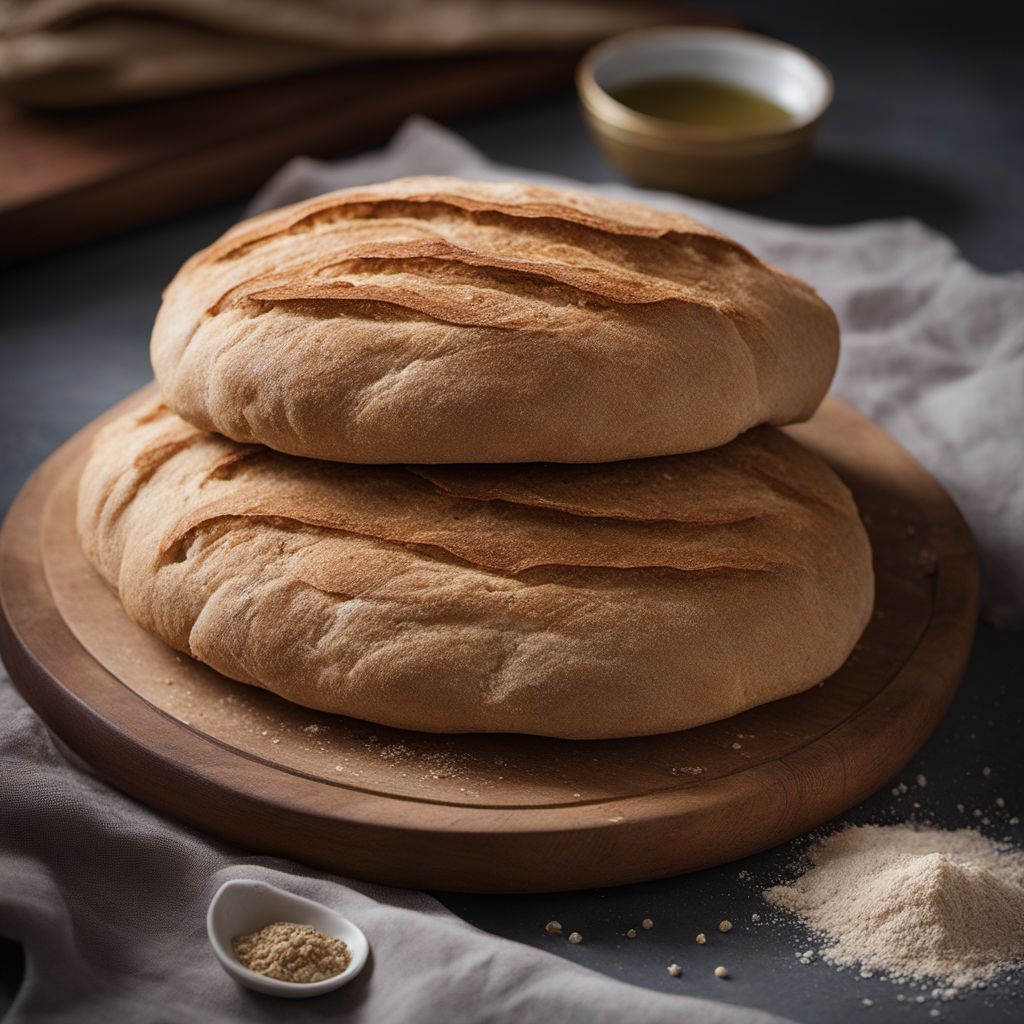
Recipe
Nan-e Sangak: Traditional Iranian Stone-Baked Bread
Sangak: The Crispy Delight from the Iranian Hearth
4.6 out of 5
Indulge in the authentic flavors of Iranian cuisine with Nan-e Sangak, a traditional stone-baked bread that holds a special place in Iranian culture. This recipe takes you on a culinary journey to Iran, where the art of bread-making is cherished and celebrated.
Metadata
Preparation time
30 minutes
Cooking time
8-10 minutes
Total time
40 minutes
Yields
4 servings
Preparation difficulty
Medium
Suitable for
Vegetarian, Vegan, Dairy-free, Nut-free, Soy-free
Allergens
Wheat
Not suitable for
Gluten-free, Paleo, Keto, Low-carb, High-protein
Ingredients
-
2 cups (240g) whole wheat flour 2 cups (240g) whole wheat flour
-
1 cup (120g) all-purpose flour 1 cup (120g) all-purpose flour
-
1 1/2 cups (355ml) warm water 1 1/2 cups (355ml) warm water
-
1 teaspoon salt 1 teaspoon salt
-
1 tablespoon olive oil 1 tablespoon olive oil
-
Additional flour for dusting Additional flour for dusting
Nutrition
- Calories (kcal / KJ): 180 kcal / 753 KJ
- Fat (total, saturated): 2g, 0.3g
- Carbohydrates (total, sugars): 36g, 0.5g
- Protein: 6g
- Fiber: 4g
- Salt: 0.6g
Preparation
-
1.In a large mixing bowl, combine the whole wheat flour, all-purpose flour, and salt.
-
2.Gradually add warm water to the flour mixture while stirring with a wooden spoon until a sticky dough forms.
-
3.Knead the dough on a lightly floured surface for about 5 minutes until it becomes smooth and elastic.
-
4.Divide the dough into 4 equal portions and shape each portion into a rectangular piece.
-
5.Dust a baking sheet with flour and place the dough rectangles on it, leaving some space between them.
-
6.Cover the dough with a clean kitchen towel and let it rest for 30 minutes.
-
7.Preheat the oven to 230°C (450°F) and place a baking stone or an inverted baking sheet on the middle rack.
-
8.Carefully transfer one piece of dough onto a lightly floured wooden peel or the back of a baking sheet.
-
9.Gently stretch the dough to about 1/4 inch thickness, creating a rectangular shape.
-
10.Sprinkle the surface of the dough with water and use a fork to create small holes all over.
-
11.Slide the dough onto the preheated baking stone or baking sheet in the oven.
-
12.Bake for about 8-10 minutes or until the bread is golden brown and crispy.
-
13.Repeat the process with the remaining dough portions.
-
14.Once baked, brush the tops of the bread with olive oil for added flavor and shine.
-
15.Allow the Nan-e Sangak to cool slightly before serving.
Treat your ingredients with care...
- Whole wheat flour — Use fresh flour for the best results, as older flour may affect the texture of the bread.
Tips & Tricks
- For a more authentic experience, try baking the bread on a preheated baking stone or an inverted baking sheet to mimic the traditional stone oven.
- If you don't have a wooden peel, you can use the back of a baking sheet to transfer the dough onto the baking stone.
- Experiment with toppings such as sesame seeds or nigella seeds for added flavor and texture.
- Enjoy Nan-e Sangak with traditional Iranian dishes like kebabs, stews, or dips.
- Leftover Nan-e Sangak can be used to make delicious sandwiches or toasted for a crispy snack.
Serving advice
Serve Nan-e Sangak warm, either as a side to a main course or as a standalone snack. Tear off pieces and dip them in olive oil, hummus, or any other favorite dip.
Presentation advice
Present the Nan-e Sangak on a wooden cutting board or a traditional Iranian bread basket to showcase its rustic charm. Sprinkle some sesame seeds or nigella seeds on top for an extra touch of visual appeal.
More recipes...
More Iranian cuisine dishes » Browse all
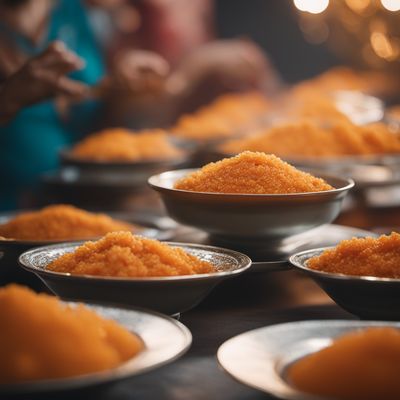
Jazarieh
Jazarieh is a traditional Syrian dessert that is made with carrots and semolina. It is a sweet and fragrant dessert that is perfect for special occasions.

Nan-e taftoon
Nan-e Taftoon
Nan-e taftoon is a traditional Iranian flatbread that is popular in many Middle Eastern countries. It is made with a combination of wheat flour,...

Kabab bakhtiari
Grilled meat kebab
Kabab bakhtiari is a Persian dish made with grilled meat and vegetables. The dish is known for its flavorful marinade and tender meat.

